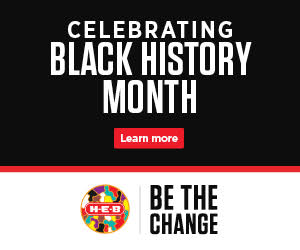Imperial Sugar and Slavery by Another Name in Texas
The Cibolo Creek was viewed with buck-eyed joy as a favorable location by white supremacists to grow cotton and other crops with slaves after the wars with Mexico. It was the work of white supremacist Robert Weakley Brahan who arrived in Bexar County in the 1850s. Research from a local historian, (2021) points out that, “The plantation model came to Texas with Stephen F. Austin . . . . About the time the war with Mexico was being concluded (1845-48); planters began arriving on the Cibolo. Some came from east Texas, but most came from Mississippi, Louisiana, Alabama, Georgia and the Carolinas. They bought up the bottomlands on both sides of the Cibolo. The arrival of the planters with their slaves to Bexar County was the subject of much discussion and was celebrated by the San Antonio business community. Slave plantations existed in San Antonio and surrounding areas from the vicinity of Randolph Air Force Base and Schertz to the Junction of the Cibolo and the San Antonio River.” There are some 45 plantations along these water routes. There were more, however, but “those with fewer than eight slaves were not included. Many of these plantations were enormous and literally encompassed most of the lands along the Cibolo.”
The research goes on to make a most interesting point: “The Robert Brahan Plantation on the west side of the Cibolo at the junction with Martinez Creek was about 3,000 acres. The Augustin Toutant Beauregard plantation on the west side of the Cibolo (now in Wilson County) was about 9,000 acres—before Wilson County and Karnes Counties were formed, they were in Bexar County.” These quotes are important because there has been a long-standing racial myth that significant numbers of plantations did not exist in Bexar County or the surrounding areas of San Antonio. This is fundamentally untrue.
Edward. H. Cunningham, the son-in-law of Robert Weakley Brahan (a street is named after this scoundrel just off Broadway at the back of Fort Sam Houston), inherited this slave plantation from Brahan. This would be but another horrible nightmare passed on as a result of the racial wars with Mexico and finally the Civil War. Cunningham created the “Prisoner Leasing System of Texas,” or more precisely slavery by another name with the sugar company that is still in existence today—Imperial Sugar. Gordon Granger’s order on Juneteenth for freed slaves to remain on the plantation in 1865 would not help. This would ultimately lead to enshrining slavery by another name with big business. Researchers have shown that after slavery ended, Cunningham needed laborers for his sugar plantation in Bexar County and at his huge estate next to Fort Sam Houston.
He created what would become Sugarland empowering the company Imperial Sugar. The pathway to the exploitation of Black people was set in place on Juneteenth of 1865 when General Gordon Granger required that blacks stay on the plantation and have passes when traveling. This was the real racist Gordon Granger. The legacy of slavery continued on into the 20th Century from its progenitors: the Alamo, the Battle of San Jacinto, the Civil War, and the sabotage of Reconstruction. What happened next in referencing the history of E.H. Cunningham’s exploitative business is that Cunningham rented prisoners from Huntsville penitentiary and leased the entire convict population, and sublease the prisoners to other plantations. They paid the State of Texas “$3.01 a month per convict.” Saying that large slave plantations did not exist in Bexar County and San Antonio is an absolute lie.









